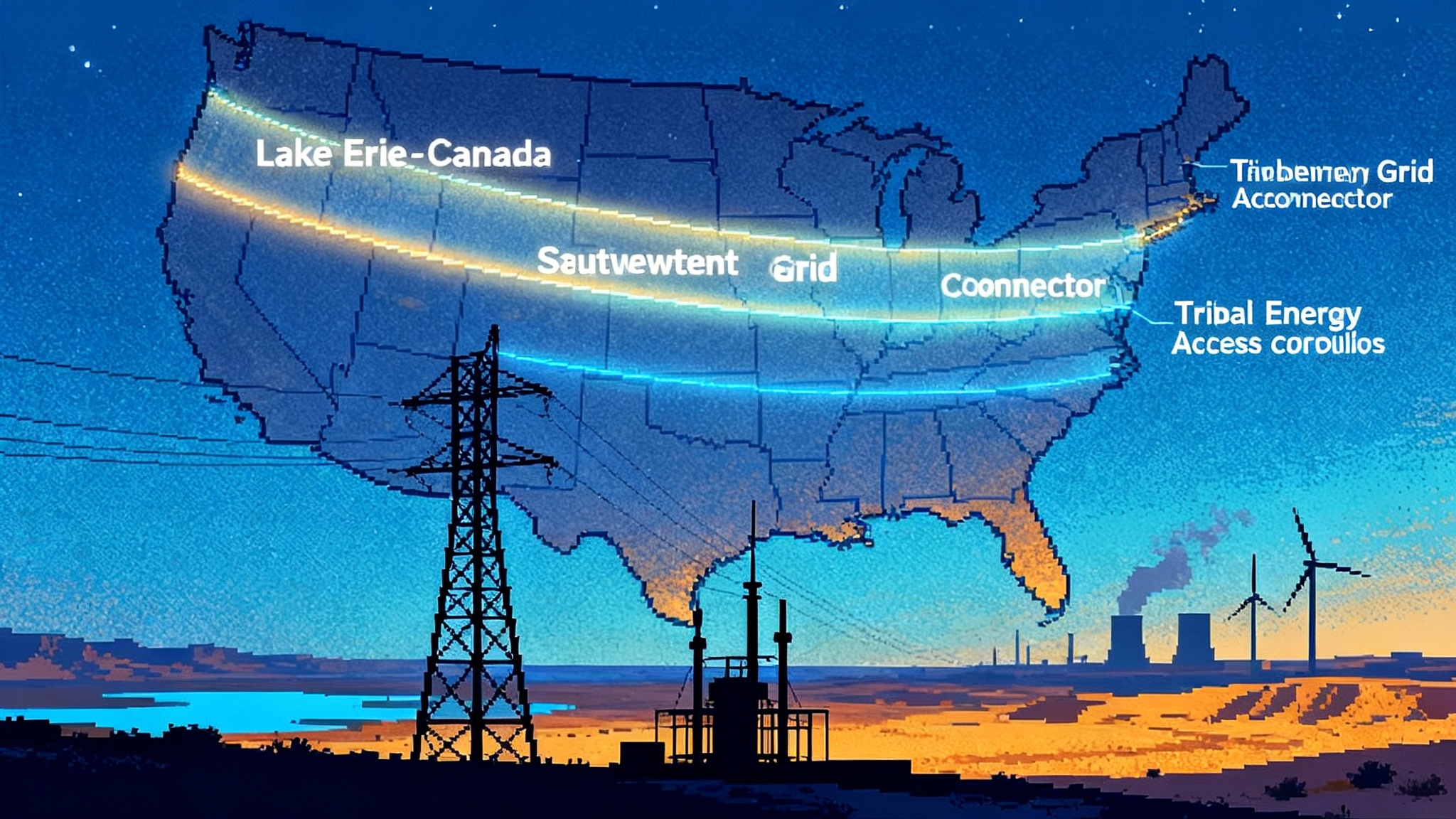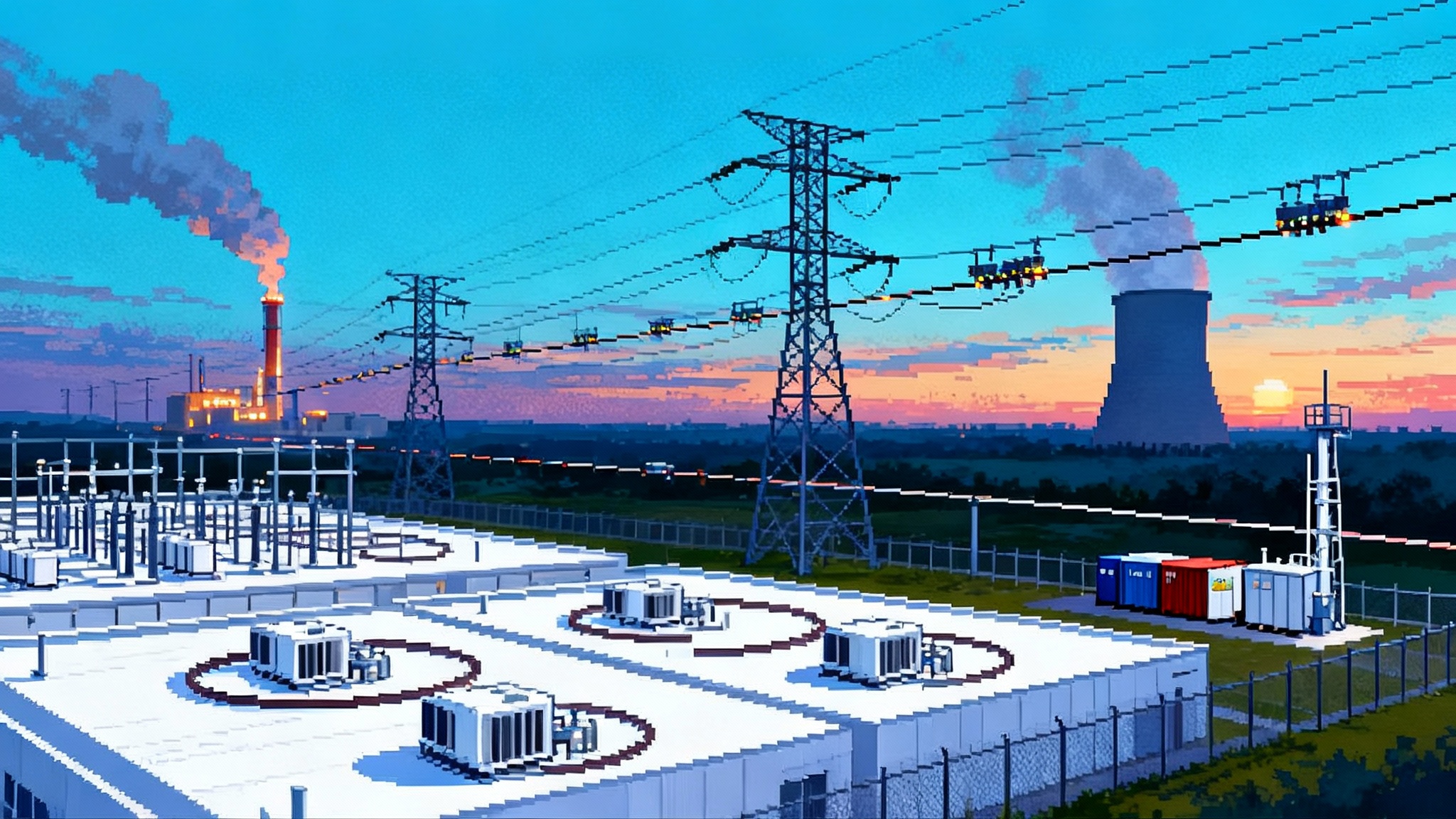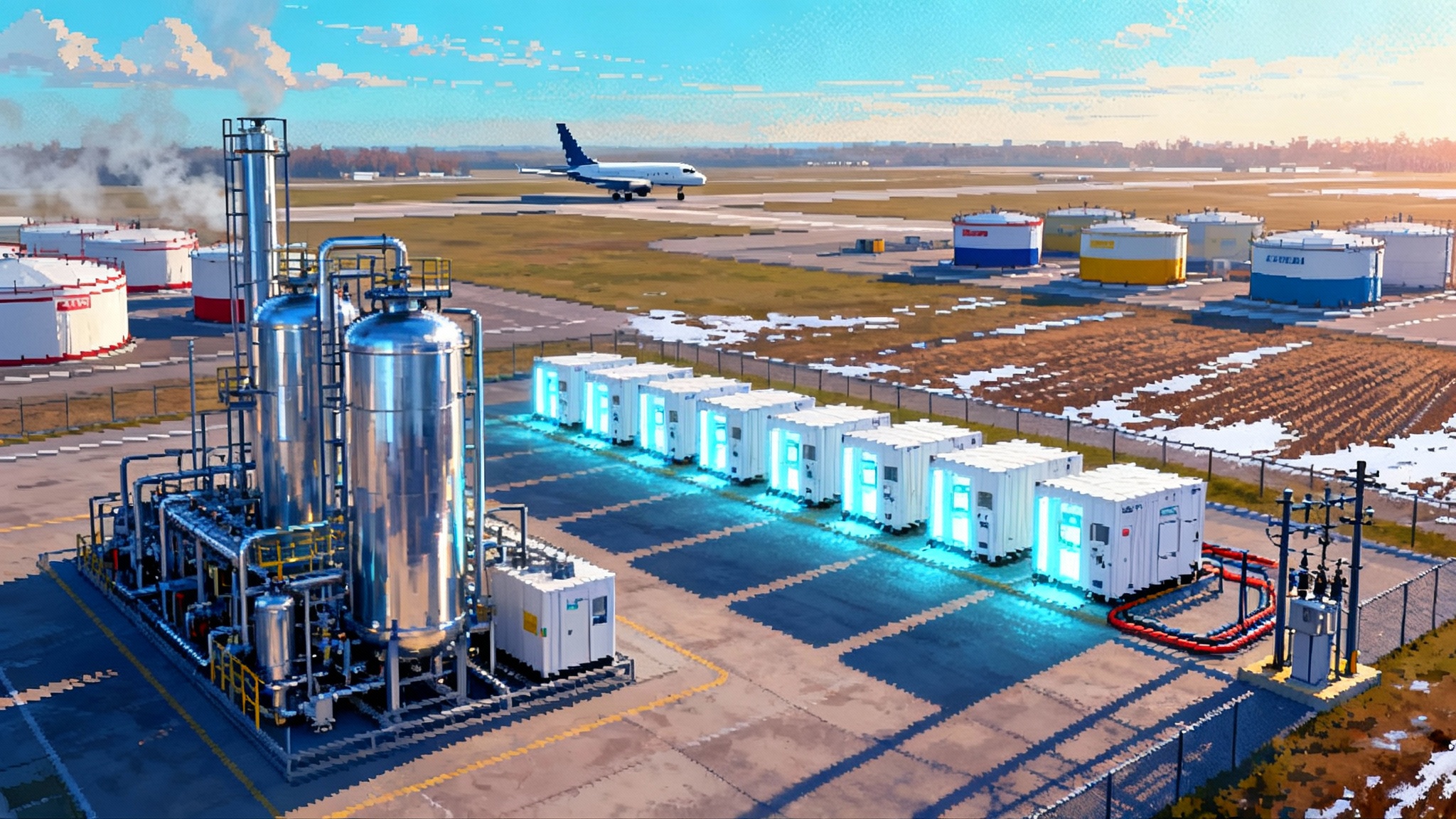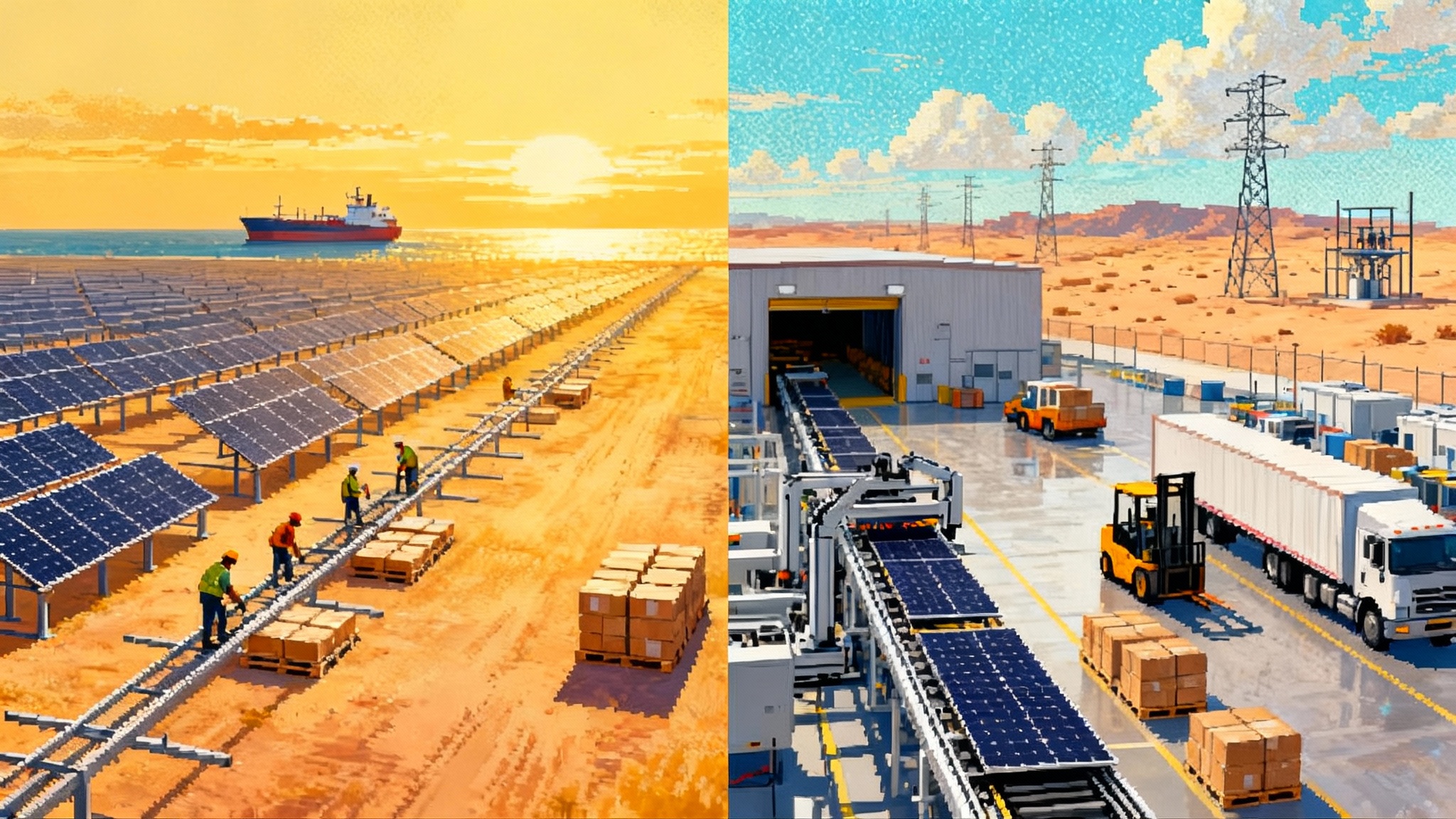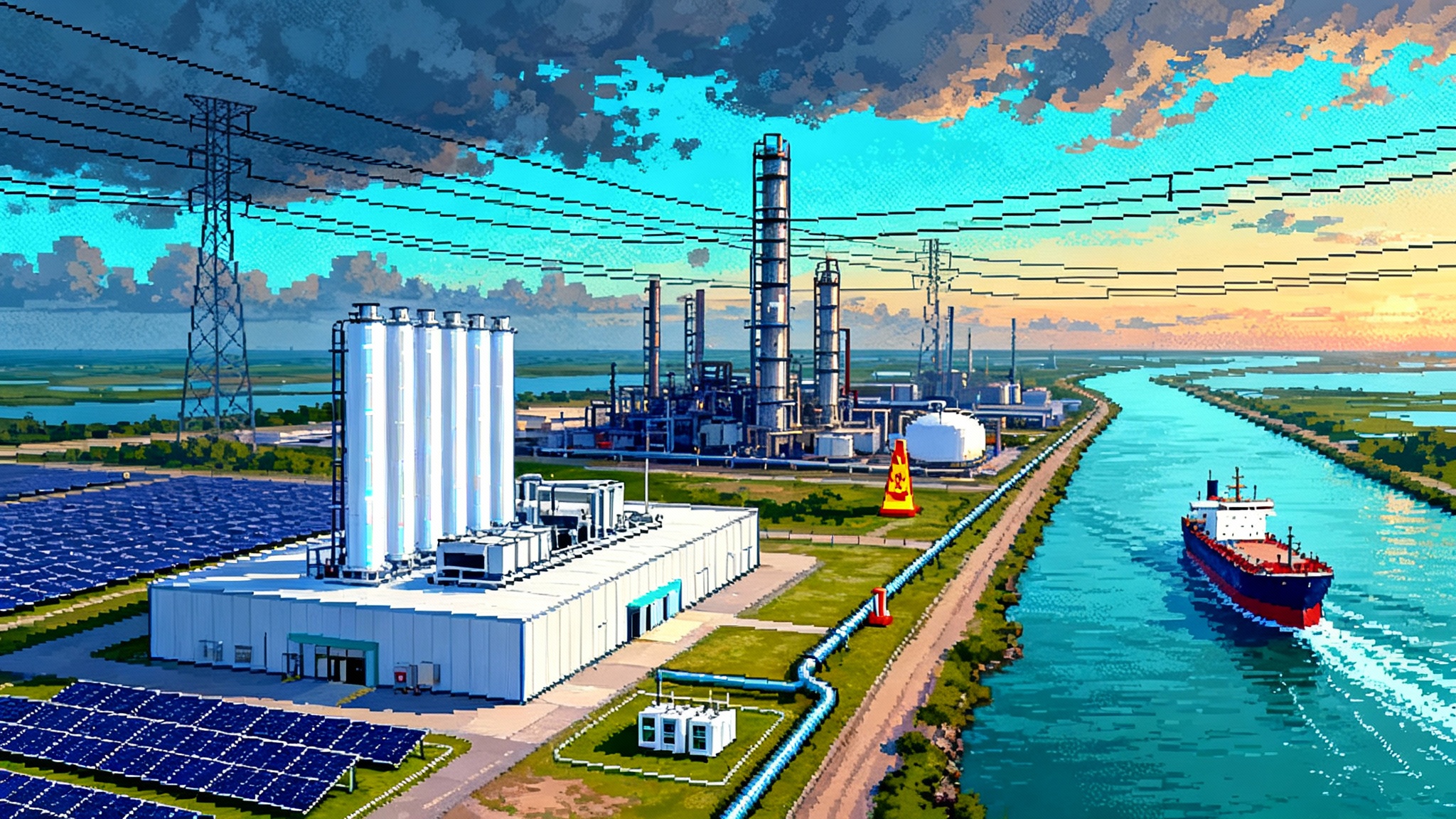Sodium-ion’s 2025 Reset: Can the U.S. Catch Asia’s Lead?
After a hard reset in 2025, sodium-ion is scaling fastest in Asia while U.S. projects wrestle with bankability, codes, and tariffs. Here is what matters now, where it can win first, and the steps utilities can take to turn pilots into bankable procurement.
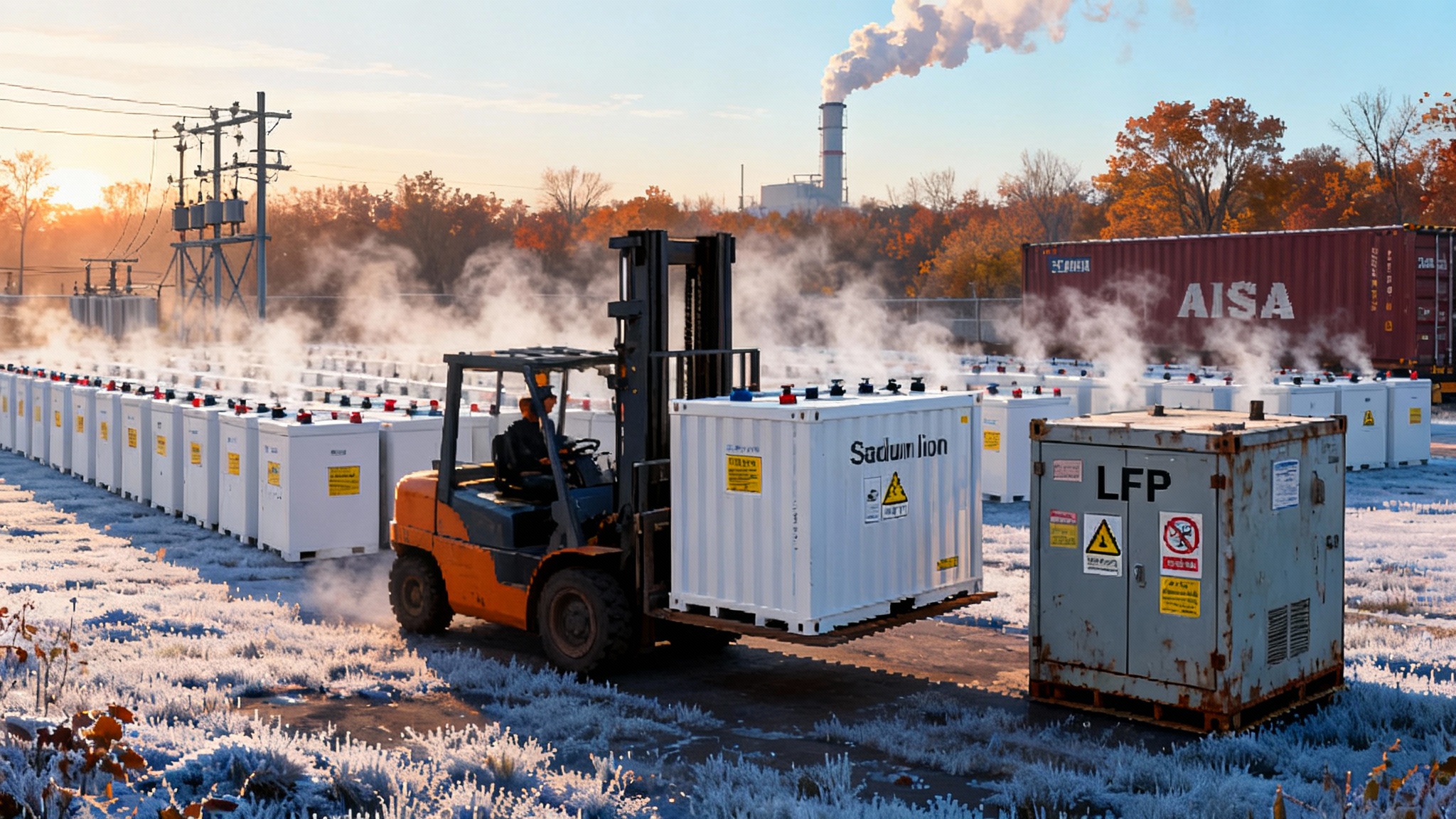
The jolt that reset sodium-ion
In early September, the U.S. sodium-ion story hit a wall. Natron Energy, once the most visible American sodium-ion manufacturer, closed its doors and halted plans for a North Carolina gigafactory. The shutdown wiped out a year of momentum and hundreds of planned jobs, and it signaled to utilities that bankability still governs every new chemistry. For anyone tracking stationary storage, the news felt like a circuit breaker tripping mid-ramp. It was not the end of sodium-ion, but it was a hard reset. See Natron’s liquidation in September for the blow-by-blow.
Two months later, the center of gravity shifted even more decisively to Asia. On November 4, Sinopec and LG Chem announced a joint development agreement on sodium-ion materials aimed at energy storage and low-speed vehicles. The message was clear. Oil-to-chemicals incumbents and a top-tier materials company see commercial upside in sodium-ion and plan to scale it in Asia first. Read the Sinopec and LG Chem deal, which sets the tone for what comes next.
Why sodium-ion still matters for stationary storage
Think of sodium-ion as the cast-iron skillet of batteries. It is not the lightest cookware, and you would not carry it on a hike, but it is tough, safe, and affordable. For stationary storage that sits on pads and in containers, weight and energy density matter less than price per delivered kilowatt-hour, safety, and cold-weather performance.
Here is what makes the chemistry relevant for grids and data centers:
- Abundant inputs. Sodium comes from salt and soda ash, and many cathode formulations use iron and manganese. That means more diversified supply chains and less exposure to lithium price swings.
- Intrinsic safety profile. Sodium-ion cells typically have higher thermal stability and a lower propensity for thermal runaway compared with many lithium-ion variants. That translates into simpler fire suppression and tighter site layouts if codes and insurers recognize the difference.
- Cold-weather resilience. Several sodium-ion chemistries retain a high share of capacity and charge acceptance at subzero temperatures. For northern utilities, that reduces heater loads and improves winter dispatch, which is when capacity is often most valuable.
- Drop-in manufacturing. Many sodium-ion cells can run on modified lithium-ion lines. That matters for fast pivots in regions with idled cathode and pack assets.
None of this erases sodium-ion’s trade-offs. Energy density still trails lithium iron phosphate (LFP). That pushes up the size of containers and balance-of-system costs for certain use cases. But for two-to-six hour systems, where cycle count, cost, and safety drive decisions, sodium-ion remains compelling.
Where sodium-ion is likely to scale first
- Data center backup and grid support. Operators care about power density, cycle life, and safety. As AI-driven data center demand accelerates, sodium-ion’s fast charging and high-cycle formulations fit uninterruptible power supplies and peak shaving. If insurers accept lower fire risk, sodium-ion can reduce site build complexity.
- Cold climate distribution and community storage. In Minnesota, New York, New England, and parts of Canada, winter performance and safety are decisive. Sodium-ion reduces auxiliary heating and can keep delivering in polar vortex weeks.
- Commercial behind-the-meter. For big-box retail, refrigerated warehouses, and hospitals, sodium-ion’s safety and long cycle life can beat LFP when insurance premiums and ventilation costs are counted.
- Telecom and remote microgrids. Logistics simplicity and tolerance for temperature swings help in island grids and remote towers. Slightly larger footprint matters less than uptime and low maintenance.
- Low-speed mobility that overlaps stationary supply chains. Forklifts, neighborhood electric vehicles, and two and three wheelers form a demand base that shares factories and materials with stationary cells, improving economies of scale for grid storage packs.
The cost reality check against LFP
Utilities will ask a simple question: Will this cut the levelized cost of storage?
In late 2024 and 2025, LFP cell prices fell sharply as manufacturing overcapacity collided with softer electric vehicle demand. System integrators in the U.S. have been buying containerized LFP storage at aggressive prices, especially for four-hour systems. That is the bar sodium-ion must clear.
What matters for procurement is not just the cell sticker. It is:
- $/kWh installed including enclosure, HVAC, fire suppression, and inverters
- $/kWh delivered over the warranted cycle life
- Cost of compliance and insurance
- Performance in cold and hot weather without heavy auxiliary loads
- Degradation and round-trip efficiency
Sodium-ion can compete on the second line item even if it is not the cheapest cell on day one. Long cycle life and better behavior at low temperatures shrink the denominator of $ per kWh delivered over years. If codes allow tighter spacing and lighter suppression due to lower heat release and slower propagation, the first line item improves too. The unlock is recognition by authorities having jurisdiction, fire marshals, and insurers that sodium-ion is not just lithium-ion with different salts. That recognition requires test data and certifications.
The 2026 to 2029 scenarios for U.S. utilities and developers
Scenario 1: Asia-led cost-down becomes irresistible
- What happens. Chinese and Korean suppliers turn joint ventures and scale runs into steady price declines. Sodium-ion packs hit a durable cost floor for two-to-six hour systems. CATL’s sodium products show up in stationary containers bundled with competitive warranties. India pushes its own sodium-ion output using the Faradion platform under Reliance, adding more scale.
- U.S. implication. Utilities buy what is bankable and cheap. Developers source sodium-ion containers from Asia and integrate in the U.S. where tariffs and domestic content adders still pencil. Domestic sodium-ion manufacturing remains niche unless procurement preferences or financing pressure reward North American content.
Scenario 2: Domestic restart underwrites a sodium-ion lane
- What happens. A handful of U.S. sites repurpose idle battery assets to sodium-ion with help from federal 48C manufacturing tax credits and Department of Energy loan guarantees. States add grants tied to winter capacity value and safer chemistries. Public power and municipal utilities run pre-commercial offtakes. Insurers publish guidance that lowers premiums for sodium-ion vs. LFP installations that pass specific thermal propagation tests.
- U.S. implication. Domestic sodium-ion does not displace LFP across the board, but it captures cold climate projects, data center backup, and community storage. A defined lane forms where lower auxiliary loads, simpler fire protection, and strong warranties beat the LFP price edge.
Scenario 3: Lithium price slump holds and sodium-ion stays niche
- What happens. LFP costs keep sliding through 2027 on the back of oversupply. Integrators offer aggressive ten-year warranties. UL certifications tighten for all chemistries, slowing novel products. Without durable price or permitting advantages, sodium-ion adoption lags.
- U.S. implication. Utilities stick with the known quantity. Sodium-ion becomes a targeted tool for cold climates and safety-driven sites but not a mainstream grid workhorse.
Which path the U.S. follows depends less on lab breakthroughs and more on bankability, policy targets, and whether buyers can lock in long-term sodium-ion supply at known costs.
Policy moves that would actually change outcomes
- Fund certification, not just factories. Create a federal fast-lane for non-lithium chemistries to complete UL 9540A thermal propagation and UL 1973 battery system certifications. Tie grants to accelerated third-party testing so vendors do not stall at the last mile of safety compliance.
- Make safety worth dollars. Allow sodium-ion projects that meet strict propagation and heat release thresholds to qualify for streamlined site approvals and reduced required fire separations. Insurers need a unified playbook that converts test data into lower premiums and fewer on-site adders.
- Put winter capacity into procurement math. Require regional markets and state commissions to value cold performance explicitly. A standard credit for capacity delivered at low ambient temperatures would reward chemistries that avoid heavy heating overhead.
- Targeted demand guarantees. Use federal facilities and public power agencies to sign multi-year offtakes for domestic sodium-ion containers. Split contracts into milestone tranches tied to field data and warranty performance so buyers pay for proven output.
- Clarify and extend manufacturing incentives. Keep the 45X production credit predictable through the decade, clarify its treatment for sodium-ion subcomponents, and prioritize 48C awards for retrofits that stand up sodium-ion lines in under 18 months.
- State green bank support. Offer low-cost, subordinated debt for first and second factory runs, contingent on paired utility pilots. The aim is to bridge the valley between engineering validation and bankable volume.
Procurement steps utilities and developers can take now
- Run chemistry-agnostic RFOs with explicit safety and winter performance scoring. Add points for independently verified propagation resistance, lower heat release, and operation at subzero temperatures with minimal auxiliary power.
- Ask for levelized cost of delivery, not just installed price. Require bidders to submit cost per warranted delivered kWh that includes auxiliary loads, degradation, and expected insurance premiums.
- Stage gated pilots. Place 5 to 20 megawatt-hour pilots at substations and microgrids with full UL test packs and open data. Pay for performance with bonuses for winter output and high round-trip efficiency.
- Demand plain-English warranties. Push for bankable ten-year warranties with clear throughput caps and spare parts commitments. Sodium-ion vendors should offer performance guarantees that match or exceed LFP norms.
- Insist on hot and cold data. Require side-by-side trials where sodium-ion and LFP containers cycle through summer heat and winter lows with identical duty cycles. Use those results to fix assumptions in future integrated resource plans.
The U.S. tariff and trade backdrop you cannot ignore
Section 301 duties already touch battery parts, with higher tariffs phased in across 2024 to 2026. Even if a sodium-ion container is not labeled as lithium-ion, its parts and precursors can trigger tariffs. Developers should model two paths: a tariff-light build using domestic or allied inputs, and a tariff-heavy import case subject to margin erosion. As seen in the 2025 tariff shock for solar, trade shifts can change project economics quickly, so contract structures should include price-adjustment clauses tied to tariff changes.
A watcher’s guide for 2026
If you want to know whether the U.S. regains ground or cedes sodium-ion to Asia, track these signals.
- Pilots that flip to phase two. Not just ribbon cuttings. Look for utilities that expand a first pilot into a multi-site program with identical specifications. That means performance cleared internal hurdles.
- UL and insurance milestones. Vendors completing UL 9540A propagation testing and winning lower insurance premiums than LFP on like-for-like sites will change procurement math.
- Tariff rulings and carve-outs. Any exemption or new duty on battery parts that map to sodium-ion will swing landed cost. Watch federal notices and tariff implementation dates in contracts.
- Bankable warranties. When major insurers or reinsurers backstop sodium-ion warranties, integrators will follow. Ask vendors to name the insurer behind the promise.
- Utility RFO language. Scan solicitations for chemistry-agnostic scoring, low-temperature adders, and explicit safety credits. Those sections tell you which boardroom arguments won.
- Aggressive Asian timelines. If Asia-based vendors quote firm delivery for multi-hundred megawatt-hour orders with ten-year warranties, U.S. developers will test them quickly. If those containers arrive on time and pass site acceptance, the cost-down flywheel starts.
- Public power and cooperative buys. These buyers often move first with community-scale assets. Watch for municipal consortia issuing sodium-ion pilots that can be replicated regionally.
- Domestic retrofit announcements. The fastest path is repurposing existing lines. If a U.S. plant announces sodium-ion packs shipping within twelve to eighteen months, with a credible cell supply and BMS, that is a real signal.
Also watch how transmission planning evolves. The FERC Order 1920 transmission pivot will shape siting, interconnection priorities, and where storage adds the most value.
So who is likely to win the grid chemistry race?
In 2025, the scoreboard shows Asia in the lead on supply and speed. CATL and peers are standing up sodium-ion at scale, and the Sinopec and LG Chem partnership adds heavyweight materials muscle and distribution. The U.S. still has advantages that matter for stationary storage: cold markets with winter capacity needs, safety-conscious jurisdictions that value low propagation risk, a rich data center load that prizes cycle life, and a policy toolkit that can create bankability when markets alone will not. These trends intersect with AI-driven data center demand, which is reshaping where and how storage is procured.
If utilities and developers buy on total cost of delivered energy, if fire marshals and insurers translate test data into site savings, and if public buyers underwrite the first two factory runs, sodium-ion can carve out a durable lane in North America by 2028. It will not replace lithium iron phosphate everywhere. It does not need to. It only needs to win the projects where safety, winter performance, and high cycle life are worth more than compact size. The reset of 2025 cleared illusions. What remains is a more realistic path to scale.

